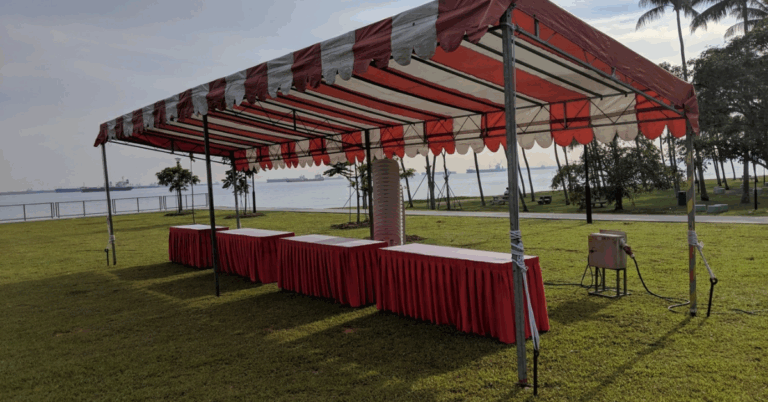Wine Fridge: The Ultimate Guide to Storing Your Wine Perfectly
A Wine Fridge is an essential appliance for any wine lover who wants to preserve the quality and flavor of their collection. Whether you are a casual drinker or a serious collector, a wine fridge helps maintain the ideal temperature and humidity levels needed for proper wine storage. Investing in a good wine fridge ensures your bottles age gracefully and taste exactly as the winemaker intended.
In this article, we will cover everything you need to know about a wine fridge — from types and features to maintenance tips and frequently asked questions.
Why You Need a Wine Fridge
A wine fridge is designed specifically to store wine at optimal conditions that regular refrigerators cannot provide. Ordinary fridges are too cold and dry, which can damage your wine’s cork and flavor. A wine fridge keeps the temperature steady, usually between 45°F and 65°F, which is perfect for both red and white wines.
Key benefits of using a wine fridge include:
-
Preserving flavor and aroma by maintaining a constant temperature.
-
Protecting your investment in expensive wines.
-
Reducing oxidation by keeping bottles horizontal and corks moist.
-
Offering convenience with easy access and organization.
For anyone serious about wine, a dedicated wine fridge is a must-have appliance.
Types of Wine Fridges
When shopping for a wine fridge, you’ll find several types designed to meet different needs and spaces. Here are the most common:
Compact Wine Fridge
Compact wine fridges are perfect for small collections or limited spaces. They typically hold 6 to 20 bottles and are portable, making them great for apartments or offices.
Freestanding Wine Fridge
These are larger units that can hold anywhere from 20 to over 100 bottles. Freestanding wine fridges offer flexibility in placement and usually come with adjustable shelves and dual temperature zones.
Built-In Wine Fridge
Built-in wine fridges fit seamlessly into cabinetry, ideal for modern kitchens or bars. They have front ventilation so they can be installed flush with cabinets without overheating.
Dual Zone Wine Fridge
For collectors who enjoy both red and white wines, a dual zone wine fridge provides two separate temperature compartments, ensuring each type is stored perfectly.
Features to Look for in a Wine Fridge
Choosing the right wine fridge means understanding the features that matter most for your collection:
-
Temperature control: Precise controls help you maintain the ideal range for your wines.
-
UV-resistant glass: Protects wine from light damage.
-
Humidity control: Keeps corks from drying out.
-
Vibration reduction: Prevents sediment disturbance, preserving taste.
-
Shelving: Adjustable shelves accommodate different bottle sizes.
-
Energy efficiency: Look for models that are eco-friendly and cost-effective.
Investing in a wine fridge with these features will protect your wine and enhance your enjoyment.
How to Use and Maintain Your Wine Fridge
Using a wine fridge properly ensures your wine collection stays in perfect condition for years to come. Here are some tips:
-
Set the temperature according to the wine type. Reds usually do well at 55°F, whites at 45-50°F.
-
Store bottles horizontally to keep corks moist.
-
Avoid overloading your wine fridge to ensure good air circulation.
-
Keep the fridge in a cool, shaded area away from direct sunlight.
-
Clean the interior and shelves regularly with mild detergent.
-
Check the seals and door alignment to keep the fridge airtight.
Regular maintenance and proper use of your wine fridge will maximize its lifespan and your wine’s quality.
Common Problems with Wine Fridges and How to Fix Them
Even the best wine fridge can encounter issues. Knowing how to address common problems can save you time and money:
-
Temperature fluctuations: Check the thermostat and ensure the door seals properly.
-
Excess humidity or dryness: Use a hygrometer to monitor humidity and adjust accordingly.
-
Noisy operation: Clean or replace the fan and check for vibration-causing parts.
-
Light exposure: Make sure the door’s UV-resistant glass is intact and keep the fridge in a low-light area.
-
Power failure: Unplug the fridge for a few minutes to reset the compressor or consult a technician.
Addressing these issues quickly keeps your wine fridge running smoothly and protects your wines.
Frequently Asked Questions About Wine Fridges
What is the ideal temperature for a wine fridge?
The ideal temperature range for a wine fridge is between 45°F and 65°F. Reds are best stored around 55°F, while whites and sparkling wines prefer cooler temperatures near 45°F.
How many bottles can a wine fridge hold?
Capacity varies widely. Compact models hold 6 to 20 bottles, while larger freestanding or built-in wine fridges can store up to 100 bottles or more.
Can I store all types of wine in one wine fridge?
Yes, but it’s best to choose a dual zone wine fridge if you want to store reds and whites together, as they require different temperature settings.
How long does a wine fridge last?
With proper care, a good wine fridge can last 10 to 20 years.
Do wine fridges use a lot of electricity?
Modern wine fridges are designed to be energy-efficient. Their consumption is generally low, but it depends on size and features.
Final Thoughts on Choosing the Right Wine Fridge
A wine fridge is more than just a storage unit—it’s a valuable tool for preserving your wine’s integrity and enhancing your enjoyment. Whether you have a small collection or a growing cellar, selecting the right wine fridge with the right features makes all the difference.
From compact to built-in models, understanding your storage needs and maintenance requirements will help you choose a wine fridge that keeps your bottles at their best. Invest in a quality wine fridge today and savor your wines exactly as they were meant to be enjoyed.







